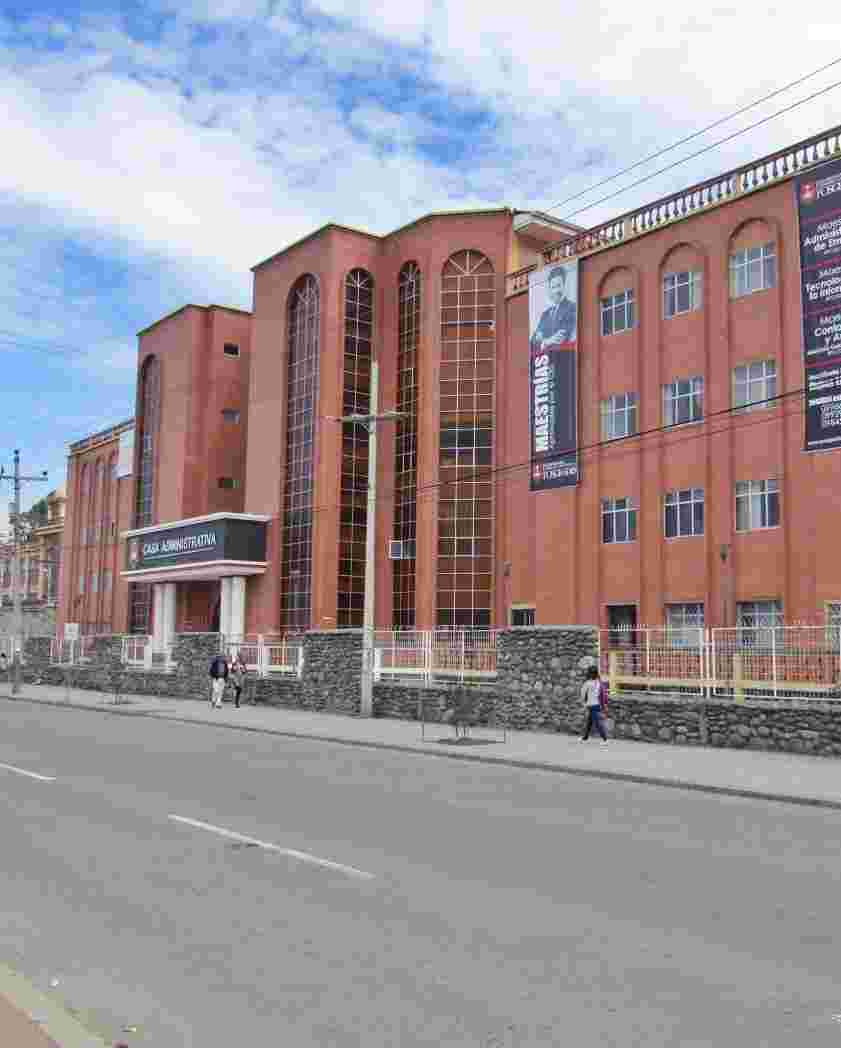Covid-19 y cuidados intensivos en Latinoamérica
Cargando...
Fecha
Título de la revista
ISSN de la revista
Título del volumen
Editor
Universidad Católica de Cuenca.
Resumen
Globally, we are experiencing the pandemic of COVID-19, a virus that appeared according to WHO (2020) on December 31, 2019, in Wuhan, China. COVID-19 is the cause of causing multisystemic diseases, becoming a challenge for health systems with the increasing demand of infected critical patients, it is from the family of β-coronaviruses and have the ability to create new variants generating a serious public health problem. Methodology: A descriptive bibliographic review of digital documents to address the topic COVID-19 and intensive care in Latin America, the material consulted was between 2017-2021; a total of 4,333 were registered, of which 3. 577 were excluded, finally selecting 53 documents that provided answers to the research questions. Results: Admissions to the intensive care area of patients with COVID-19 had a prevalence between 2.16% and 78%, the factors associated with higher prevalence were: sex with 93.5% male, age between 45-91 years, arterial hypertension 66.7%, diabetes mellitus 44%, obesity 48%, renal failure 22.2%, heart disease 55.6% and smoking 44%. The consequences were bacterial confection 69.2%, respiratory distress syndrome 20%, renal failure 15%, septic shock 15%, acute myocardial infarction 10%, multiorgan dysfunction 10%, bacterial pneumonia 10%, gastrointestinal bleeding 5%. A therapeutic approach was directed to treat the patient's symptomatology with COVID-19. Conclusions: The role of nursing in the management of a patient with COVID-19, includes hemodynamic monitoring and control, patient hygiene and comfort, pharmacological and non-pharmacological treatment, nutrition, and rehabilitation
Descripción
A nivel global se vive la pandemia del COVID-19, un virus que apareció según la OMS (2020) el 31 de diciembre del 2019 en Wuhan, China. El COVID-19 es la causante de provocar enfermedades multisistémicas, convirtiéndose en un desafío para los sistemas sanitarios con la creciente demanda de pacientes críticos infectados, es de la familia de los β-coronavirus y tienen la capacidad de crear nuevas variantes generando un grave problema de salud pública. Metodología: Revisión bibliográfica descriptiva de documentos digitales para abordar el tema COVID-19 y cuidados intensivos en Latinoamérica, el material consultado fue entre el 2017-2021; se registraron un total de 4.333, de los cuales se excluyeron 3. 577, seleccionando finalmente 53 documentos que dieron respuesta a las preguntas de investigación. Resultados: Las admisiones al área de cuidados intensivos de pacientes con COVID-19 tuvo una prevalencia entre el 2,16 % y 78%, los factores asociados con mayor prevalencia fueron: el sexo con 93,5% masculinos, la edad entre 45-91 años, hipertensión arterial 66,7%, diabetes mellitus 44%, obesidad 48%, insuficiencia renal 22,2%, cardiopatías 55,6% y tabaquismo 44%. Las consecuencias fueron confección bacteriana 69,2%, síndrome de distrés respiratorio 20%, fallo renal 15%, shock séptico 15%, infarto agudo de miocardio 10%, disfunción multiorgánica 10%, neumonía bacteriana 10%, hemorragia digestiva 5%. Abordaje terapéutico fue dirigido a tratar la sintomatología del paciente con COVID-19. Conclusiones: El rol de enfermería en el manejo de paciente con COVID-19, incluyen vigilancia y control hemodinámico, higiene y confort del paciente, tratamiento farmacológico y no farmacológico, nutrición y la rehabilitación.
Palabras clave
Infecciones por coronavirus, Unidad de cuidados intensivos, América Latina, Factores de riesgo, Atención de enfermería
Citación
Vancouver




